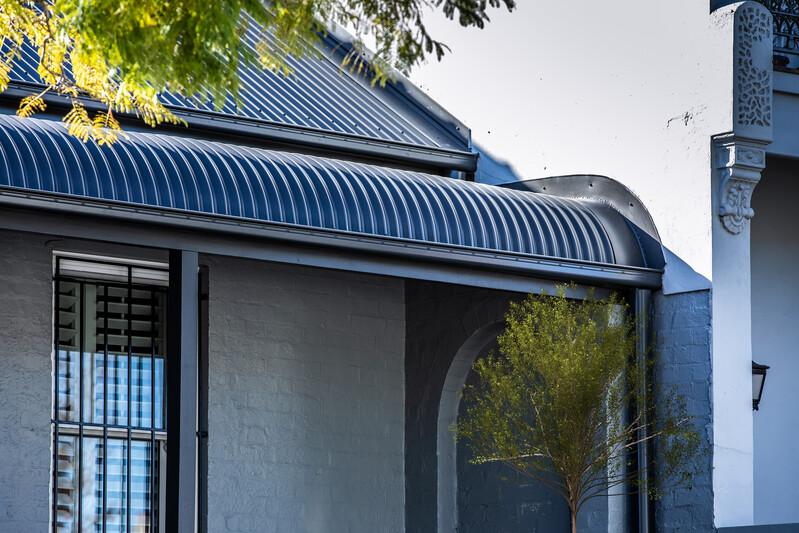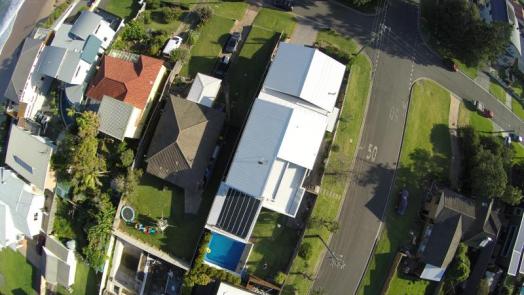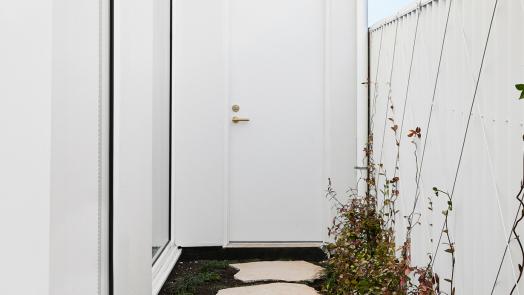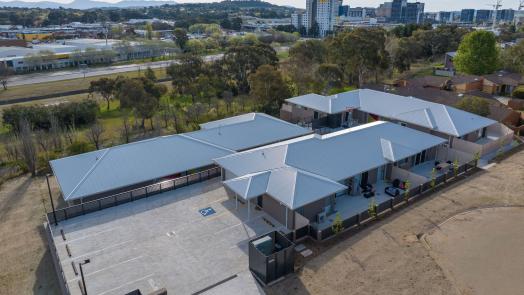Bullnosed verandahs were widely used on Australian homes during the Victorian, Federation and Edwardian periods, a timeframe ranging from around the mid-1850s to the 1920s. From the stately homes of the city through to the iconic Aussie bush homestead, the classic Bullnosed Verandah sat comfortably in a wide range of locations and landscapes.
From the stately homes of the city through to the iconic Aussie bush homestead, the classic Bullnosed Verandah sat comfortably in a wide range of locations and landscapes.
Although they look great on a heritage property and can also work very well on a more modern-styled homes or period reproductions, the bullnose verandahs primary role was more about function than aesthetics.
The style is generally characterised by a design where the cladding curves downwards at the front posts, helping to protect the home itself from direct sunlight and rain, while also creating a comfortable outdoor living space.
Historically, building a bullnose verandah was somewhat of an artform, with rafters and posts all made by hand. For the roofer, lead cappings also requiring shaping by hand on site to suit the curvature of the verandah; they also needed to calculate some potentially complicated cuts, allowing all the edges of the cladding to meet up correctly, particularly at each corner of the verandah. The radius of the cladding also needed to conform with the rafters, to ensure snug fixing. Topping off the bullnose design was steel lacework between each post, with posts often also featuring steel quarter capitals which provided an added decorative element.
For current day architects and tradies, the great news is that building a new, or restoring an old bullnosed verandah is now much easier, with a good number of specialist suppliers offering a range of period-sympathetic materials including rafters, posts, and fretwork. Lysaght also contributes to the availability of these materials with its CUSTOM BLUE ORB® curving quality corrugated roof sheeting.
This profile is more ductile than standard CUSTOM ORB®, making it suitable for shaping into a variety of concave or convex shapes without risking damage to the cladding. It’s also available in a full range of finishes and colours, including COLORBOND® steel colours as well as ZINCALUME® steel. And where an historically authentic finish is required, the product is also available shaped from Galvanised Z450 Heritage Galvanised steel Z600 steel1 .
- Availability varies by region. Contact us for more information. Jump to reference



